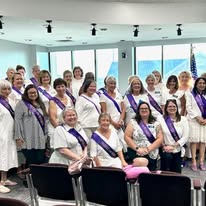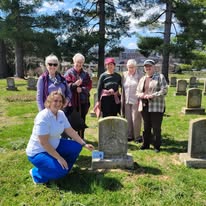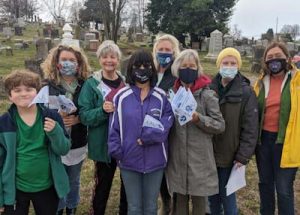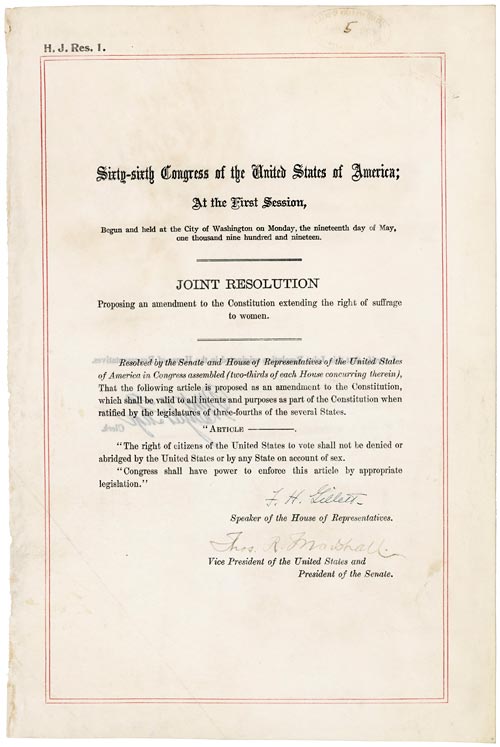Women Who Broke Barriers
AAUW Owensboro maintains a walking history tour at Elmwood Cemetery.
Brochures are available at the entrance to Elmwood, at the Owensboro Museum of Science and History, and at the Visit Owensboro gift shop.
Five of the nine women are featured in a Geocaching Adventure Lab, which can be opened in the Adventure Lab app using this link.
The information found in the brochure and tour is also on our YouTube page.
March is Women’s History Month
AAUW celebrates Women’s History Month every March. For information about the history of the Month and national activities, go to https://womenshistorymonth.gov/
Our Facebook page honors women from our local history daily by telling their stories. See the stories at Owensboro AAUW.
Recognizing Local Women in our Past
AAUW members lay flags at the gravesites of local women who contributed significantly to the cause and issues of women in Owensboro and Daviess County.
2025: Members place flags in the cemetery at Maple Mount
2021:
Members braved soggy grass to place flags at the graves of 20 of our role models in Elmwood Cemetery.
August is the Anniversary of the 19th Amendment
 Every August, AAUW Owensboro hosts a Women’s Suffrage Commemoration featuring guest speakers and music.
Every August, AAUW Owensboro hosts a Women’s Suffrage Commemoration featuring guest speakers and music.
Passed by Congress June 4, 1919, and ratified on August 18, 1920, the 19th Amendment granted women the right to vote.
The 19th Amendment legally guarantees American women the right to vote. Achieving this milestone required a lengthy and difficult struggle; victory took decades of agitation and protest. Beginning in the mid-19th century, several generations of women’s suffrage supporters lectured, wrote, marched, lobbied, and practiced civil disobedience to achieve what many Americans considered a radical change to the Constitution. Few early supporters lived to see the final victory in 1920.
Beginning in the 1800s, women organized, petitioned, and picketed to win the right to vote, but it took them decades to accomplish their purpose. Between 1878, when the amendment was first introduced in Congress, and August 18, 1920, when it was ratified, champions of voting rights for women worked tirelessly, but strategies for achieving their goal varied. Some pursued a strategy of passing suffrage acts in each state; nine western states adopted women’s suffrage legislation by 1912. Others challenged male-only voting laws in the courts. Some suffragists used more confrontational tactics such as picketing, silent vigils, and hunger strikes. Often, supporters met fierce resistance. Opponents heckled, jailed, and sometimes physically abused them.
By 1916, almost all of the major suffrage organizations were united behind the goal of a constitutional amendment. When New York adopted woman suffrage in 1917 and President Wilson changed his position to support an amendment in 1918, the political balance began to shift.
On May 21, 1919, the House of Representatives passed the amendment, and 2 weeks later, the Senate followed. When Tennessee became the 36th state to ratify the amendment on August 18, 1920, the amendment passed its final hurdle of obtaining the agreement of three-fourths of the states. Secretary of State Bainbridge Colby certified the ratification on August 26, 1920, changing the face of the American electorate forever.
The campaign for women’s suffrage was long, difficult, and sometimes dramatic; yet ratification did not ensure full enfranchisement. Decades of struggle to include African Americans and other minority women in the promise of voting rights remained. Many women remained unable to vote long into the 20th century because of discriminatory state voting laws.



